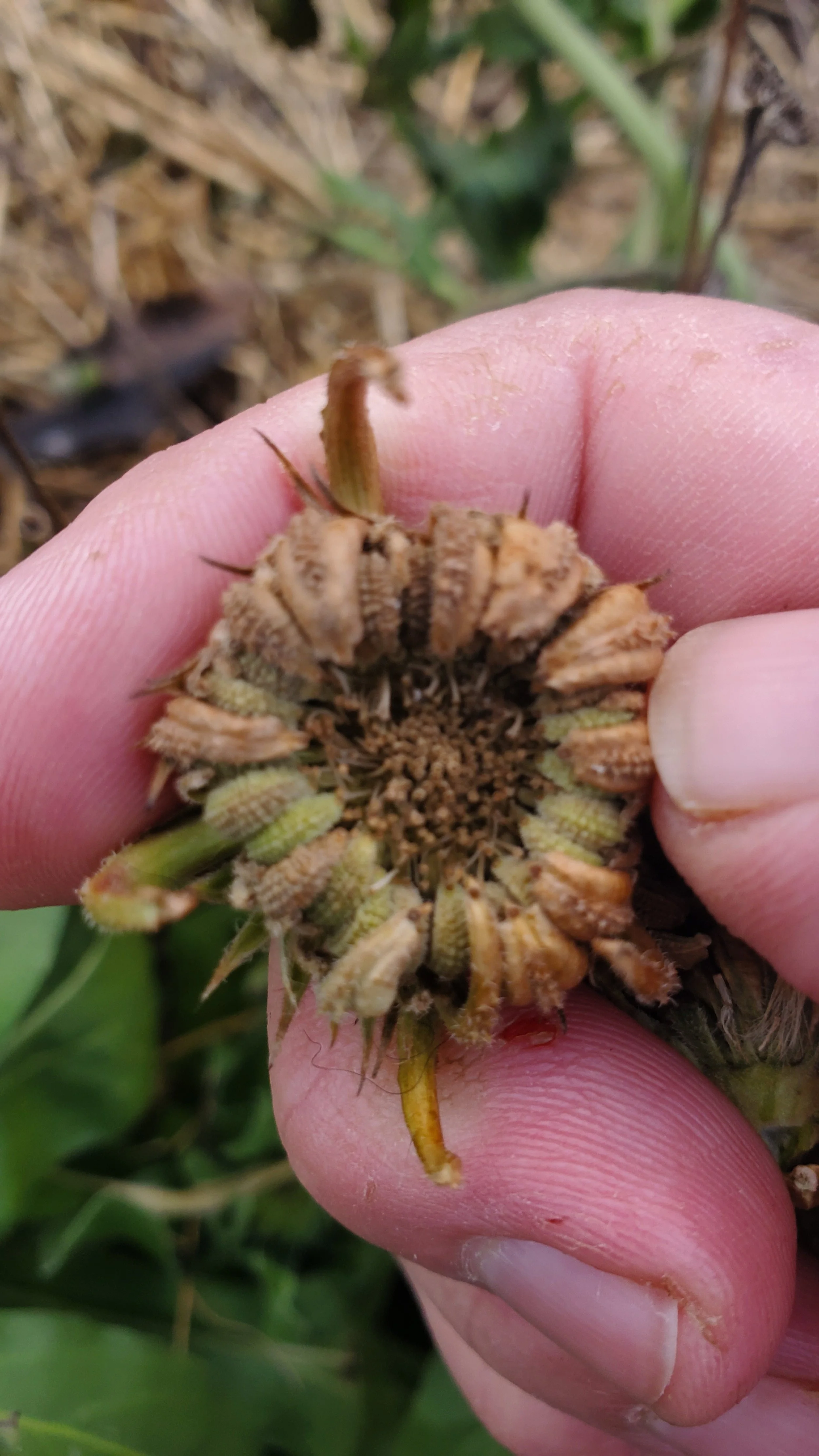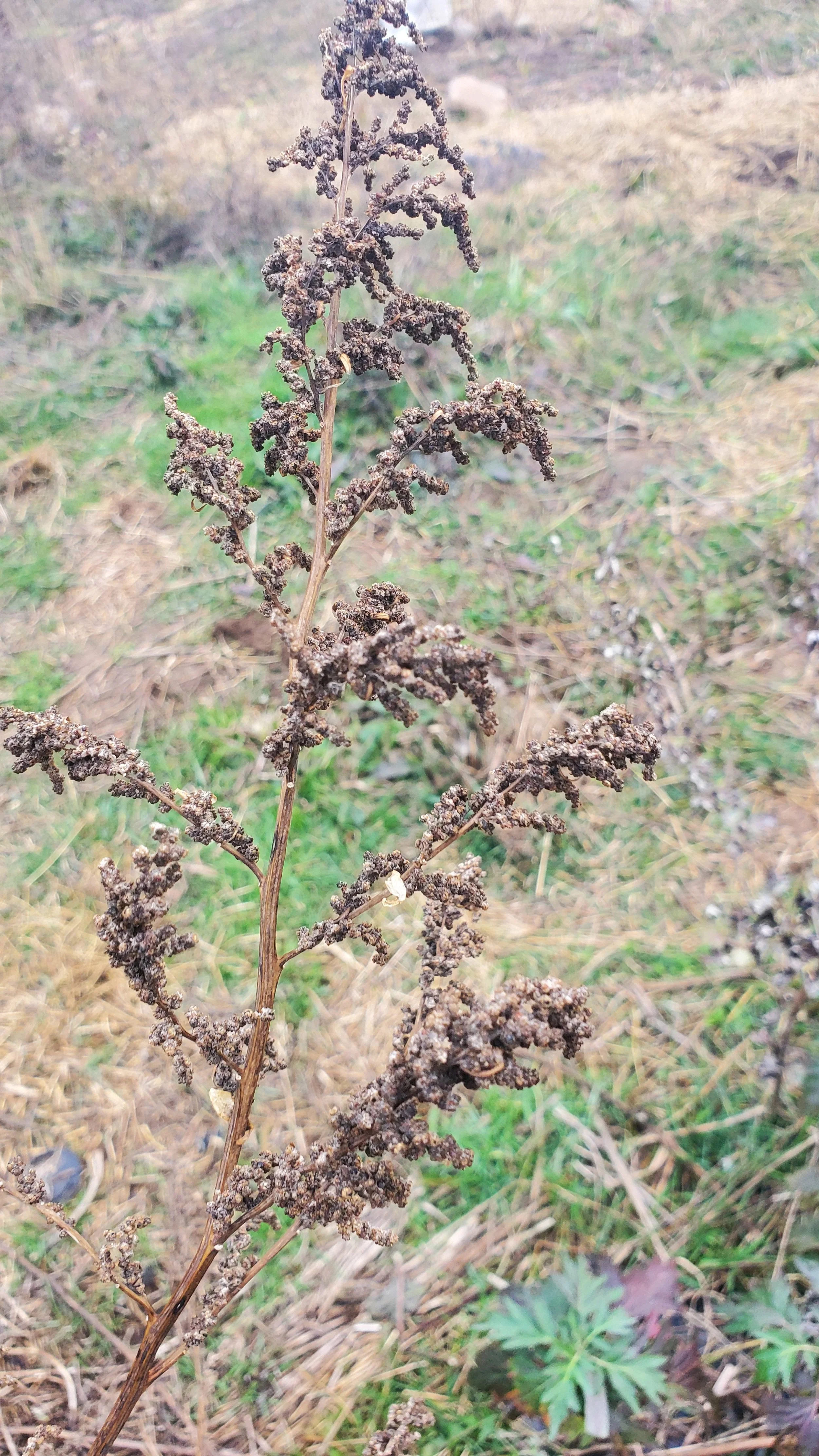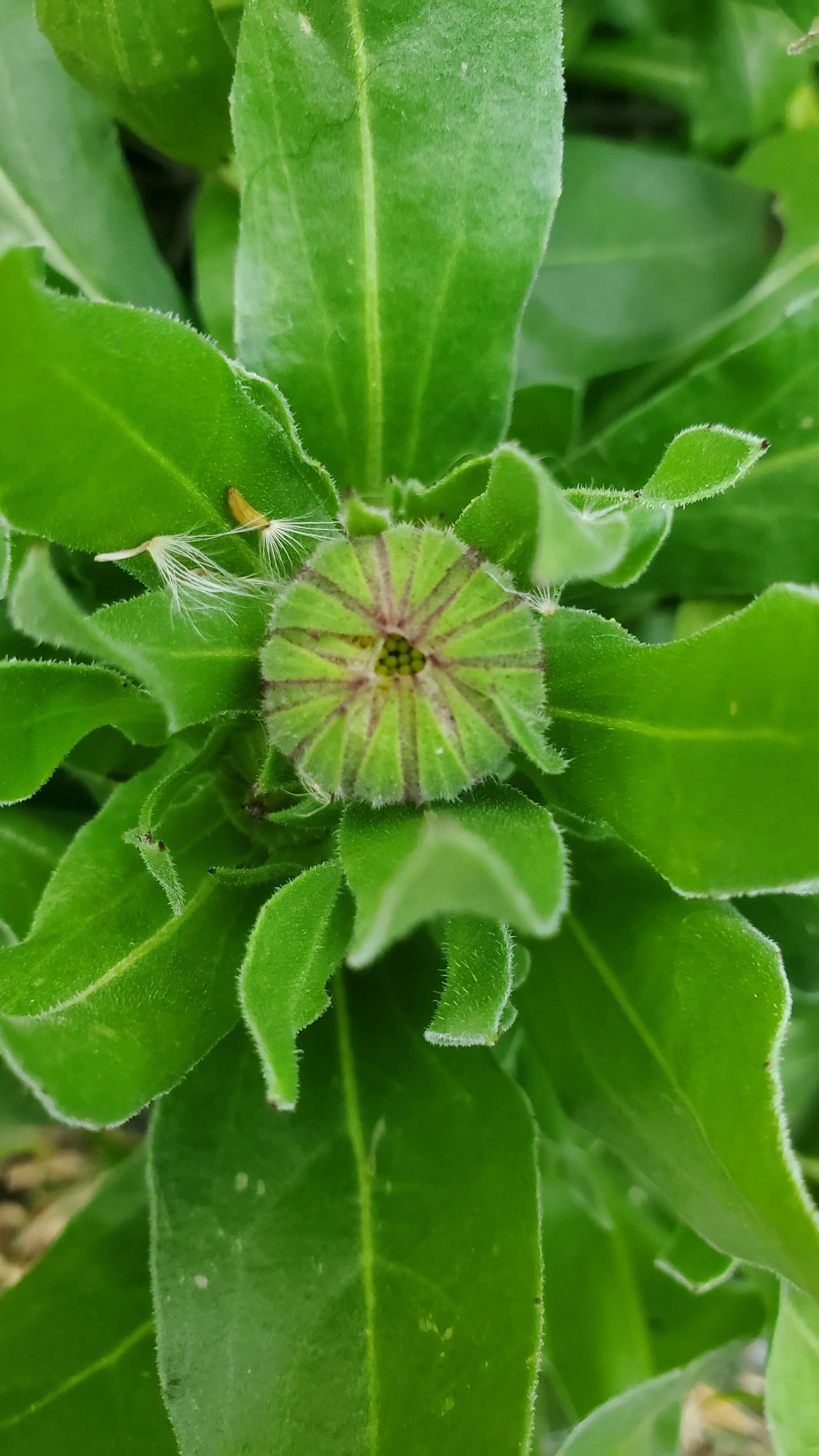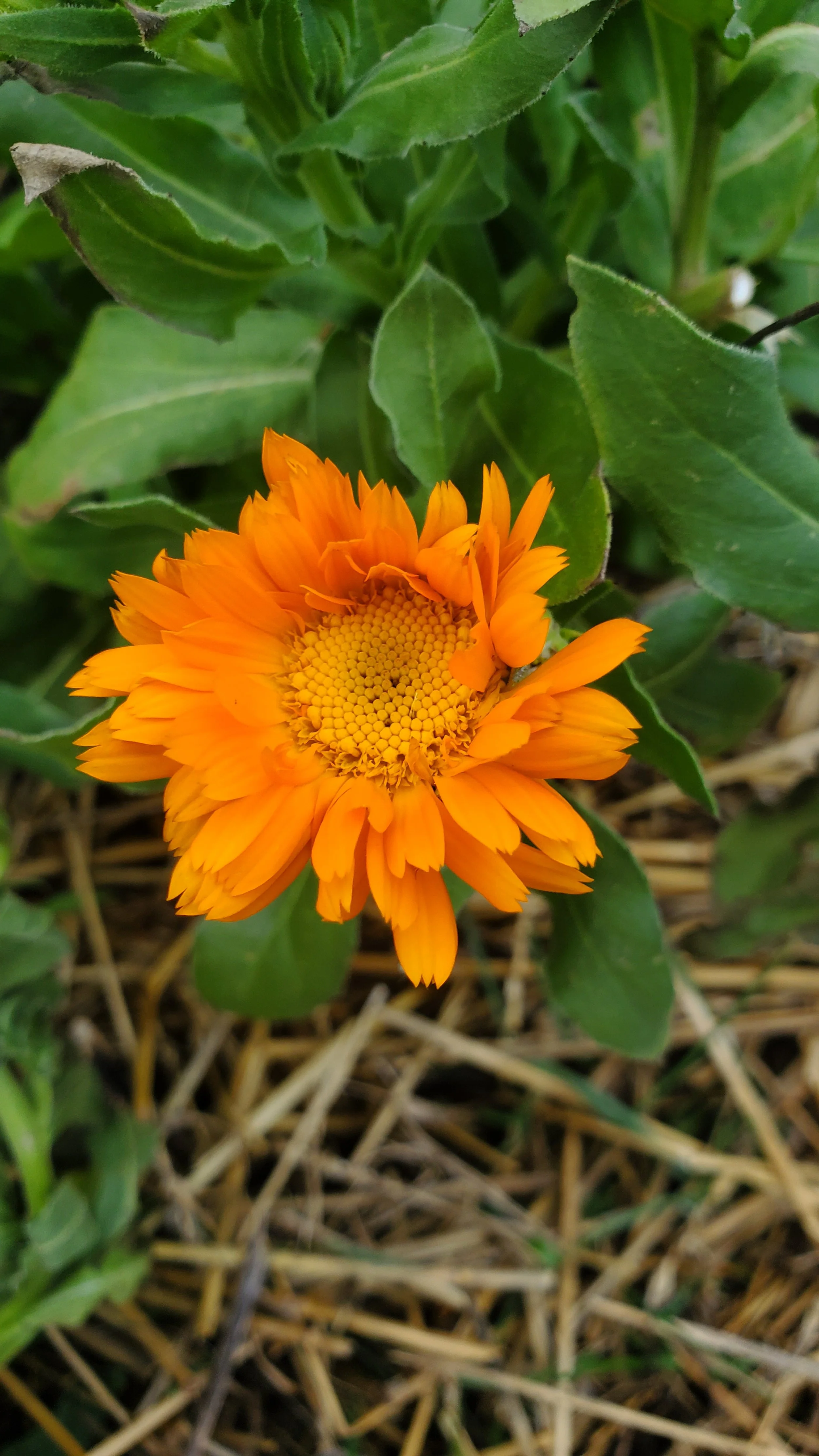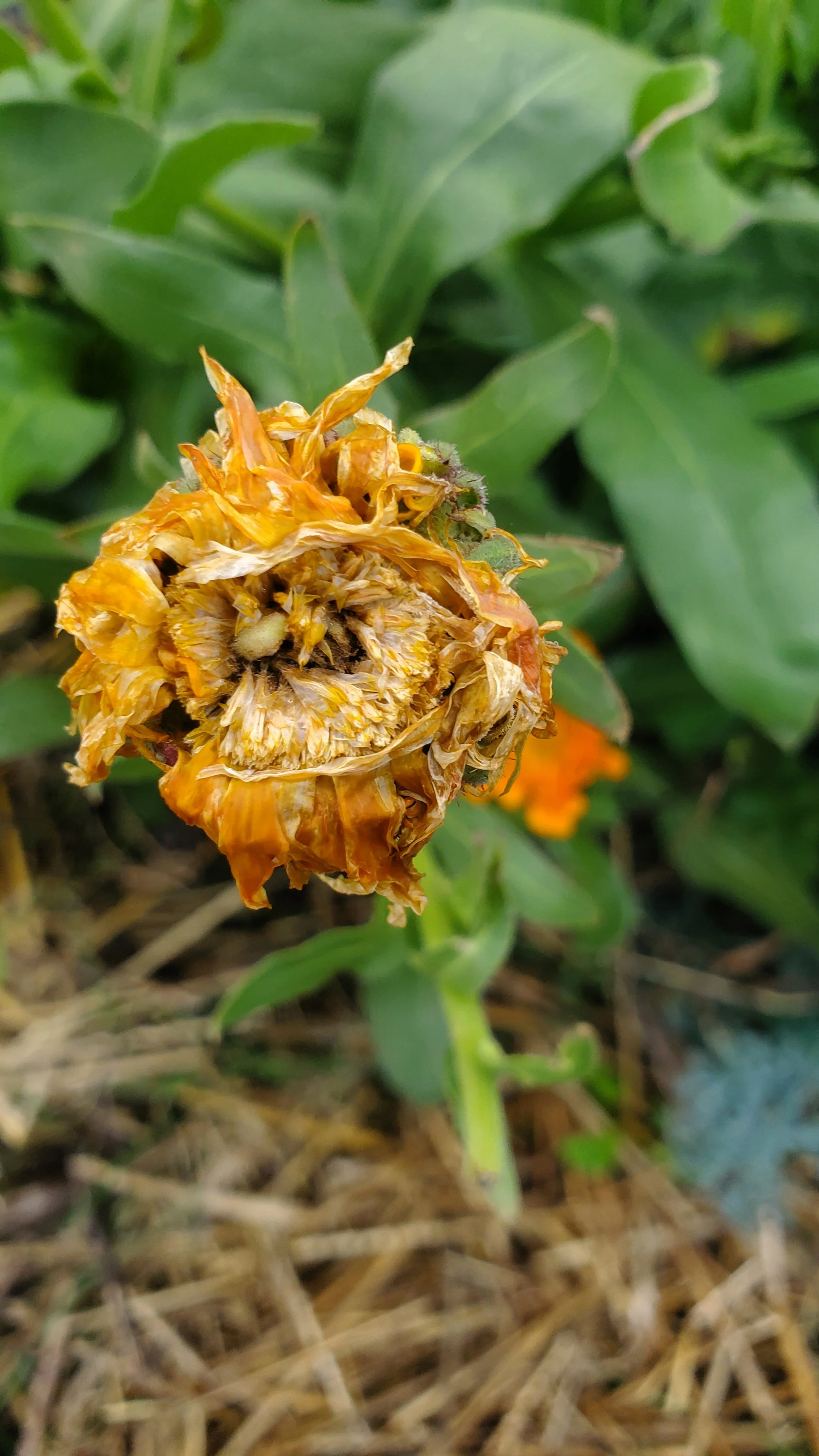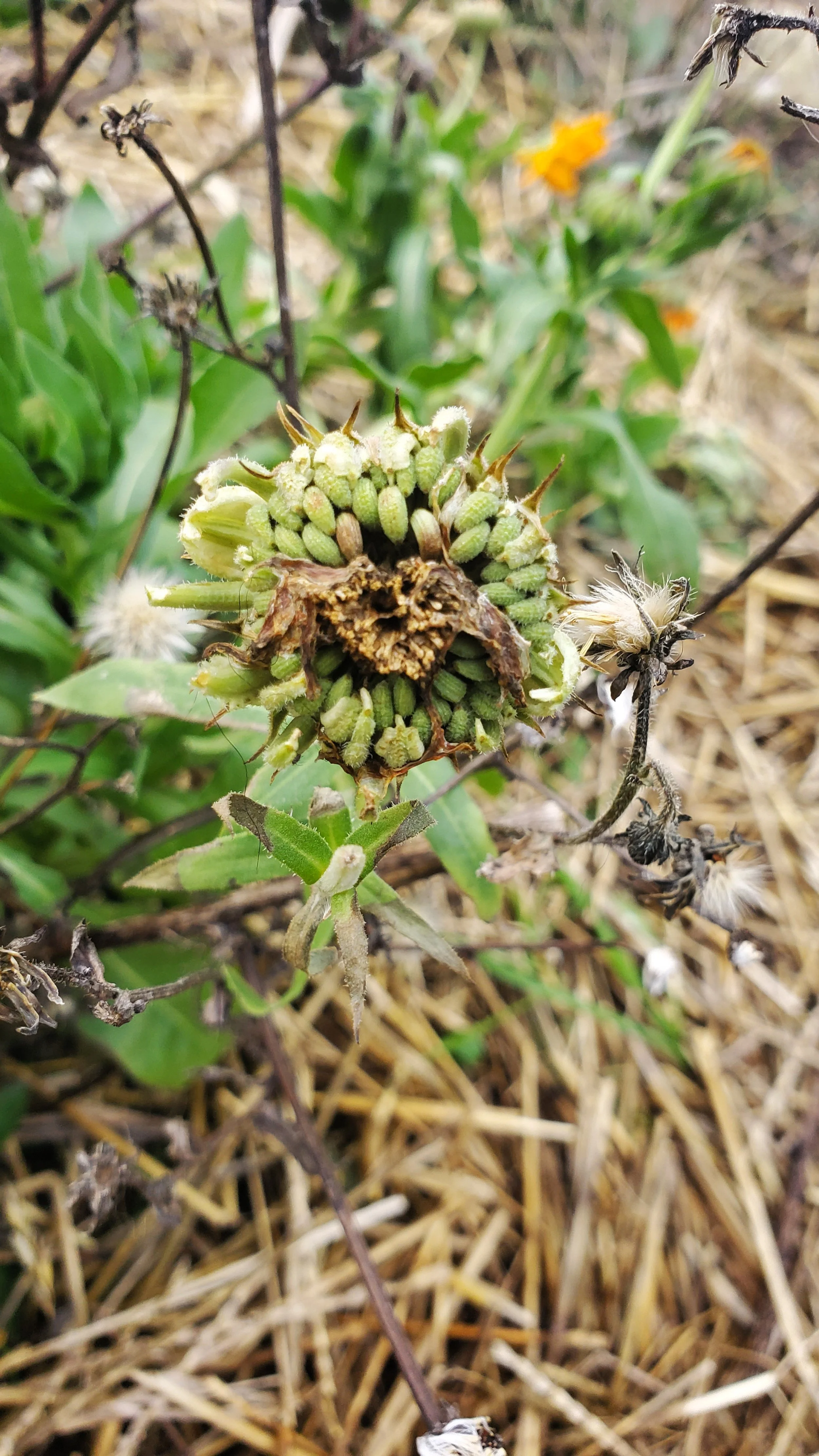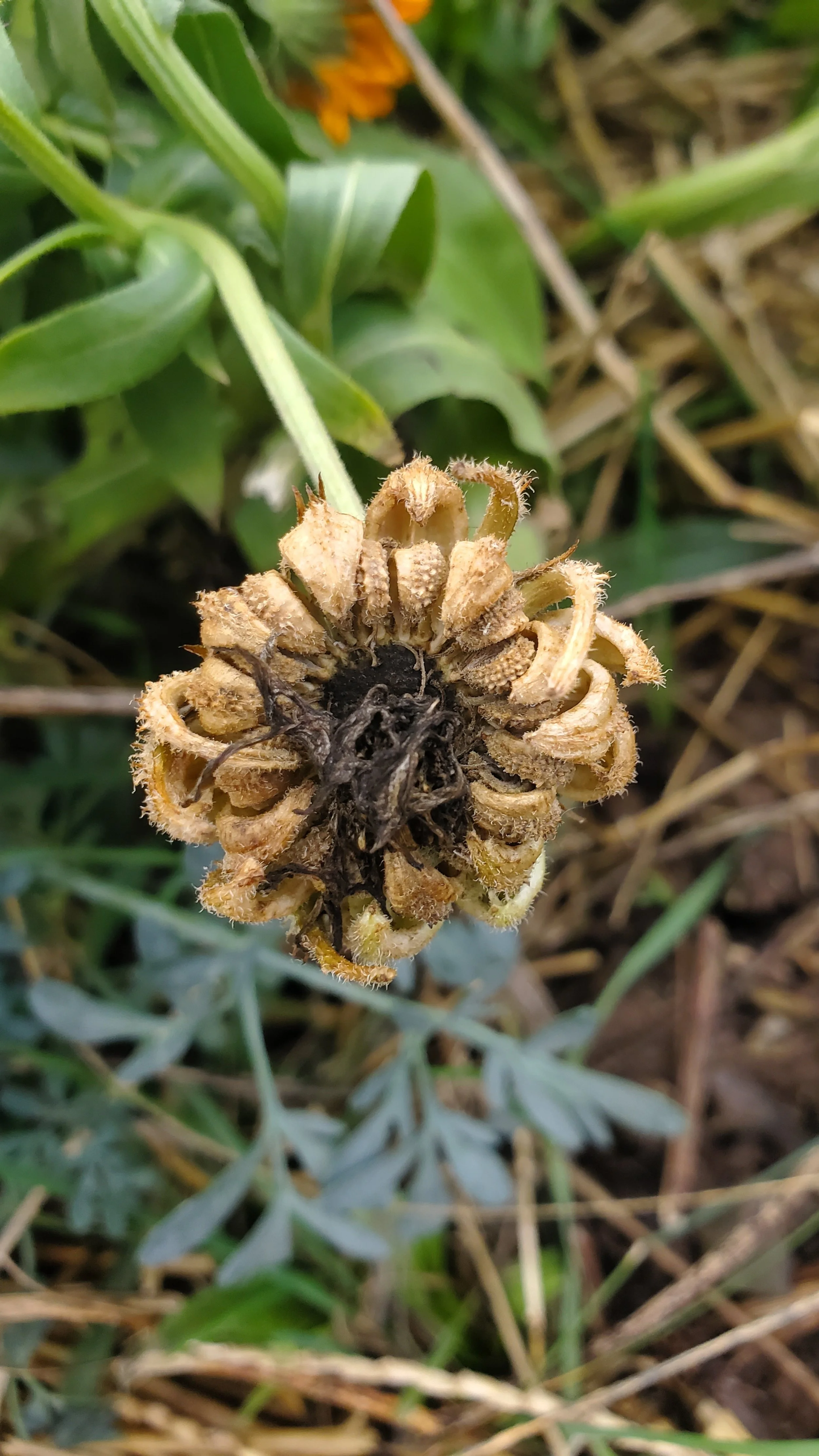Free seeds! — Part 1
The more-than-human world is remarkably abundant.
And, even while so much of the local ecosystem here in the northern hemisphere is putting itself to sleep for the winter… and even while there are so many beings of so many species whose survival through the coming months depends entirely upon what can be stored, foraged, and hid away… there are reminders of this fact.
For, as so many plants either die back or go dormant for the coming winter, their seeds mature, readying themselves already for the promise of the coming growing season.
This is such a lovely testament to survival, to the resilience of life that continues even while it looks as though the whole world is perishing.
When these plants are adapted to the overwintering weather conditions of their location (and they aren’t hybridized or otherwise modified in ways that impact germination and/or growth that is “true to type”: more on these ideas later!), they will bide their time until the spring of the following year, when they will once again prepare for their big annual debut.
(There are a few types of seeds—notably, tomatoes, squash, and cucumbers—that also need to undergo a fermentation process, but we’ll set those exceptions aside for the time being: if you’re interested in learning more about fermenting seeds for saving, my friends Petra and Matthew at Fruition Seeds has put together this helpful post, Saving Tomato Seed in Seven Easy Steps - Fruition Seeds.)
This is really, really good news for folks who love existing in a diverse ecosystem but who don’t want to work more than is necessary: the seeds ripen and fall, get their naturally adapted period of cold stratification that is essential for germination, bide their time, and then let loose when the soils warm and the days lengthen.
(What is stratification? This term simply refers to the exposure of a seed to the temperature and humidity conditions it experiences during its dormancy period, which first breaks down any seed coat that would prohibit germination, and then triggers its growth following the change in those conditions as the soil warms.)
Of course, there are a few shortcomings to this system in terms of preparing for the coming year. For one thing, birds and critters exist, and so sometimes they feel as though a seed would do better somewhere else in the ecosystem than where they fell. This could mean that the seeds are transported to somewhere less optimal for their growth needs, or into another intentionally planted area where that plant isn’t going to get along well with the other plants there, or of course into their bellies.
In general, I am a-okay with all of those: seeds are so abundant on each mature plant, and the ecosystem is not for us alone, so who am I to begrudge other beings their sustenance?
On the other hand, there are some plants that are key players in our diet, pantry, and/or apothecary, or which play a particularly important role in the ecosystem that may or may not be directly connected to us humans. As a result, it is important to me to make sure that some of the seeds from these plants are tended in such a way that there will surely be more of them growing in an expected location (i.e., one that I don’t have to go out foraging for to discover wherever the birds decided they should be) in the coming year.
When you’ve identified some plants that you want to intentionally encourage, it is important to gather them at the right time. For all the plants that I am aware of, this involves waiting not only until the flower has wilted, but until the seeds (and seed pod, when present) are fully dried. This sometimes takes more patience than you would like: for example, in this image gallery of one of my calendula plants, only the last image shows seeds that are ready to be harvested:
Once you harvest the seeds, you have several options:
Still place them directly into the garden (or in a deep seed tray that is kept outdoors), but with extra attention to appropriate seed depth, soil contact, mulching, and (if necessary) protection from critters.
Save them in a dry, dark location until early spring (you’ll want to know how many weeks of cold stratification the seeds absolutely require in order to figure out when this is in your growing zone), then place out in the garden where you want them to grow: this gives the ecosystem less time to relocate the seeds while still giving them what they need in order to germinate.
Stratify them in the refrigerator, then plant out where you want them to grow when you’re doing your spring planting: for info on how to do this, check out Seed stratification: What seeds require cold treatment | Illinois Extension | UIUC and Stratification — Edgewood Nursery (edgewood-nursery.com).
I am going to go ahead and wrap up this post, but rest assured that I have so, so much more to say about seeds in general, which wild and weedy seeds are worth prioritizing, and the multiple ways that seed saving is and has been deeply connected to social justice movements, so stay tuned!

